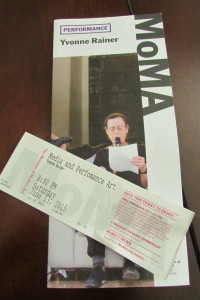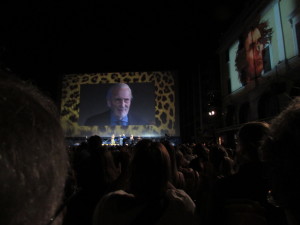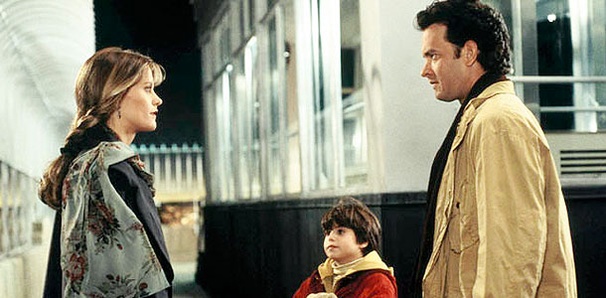Here is an excerpt from my book Savvy Characters Sell Screenplays!:
A WINNING SCREENPLAY: STORY = PLOT = CHARACTERS
Story generates plot; it informs what the narrative is about. The plot informs how the story unfolds. And it is your riveting characters who must inform and drive your plot forward.
CHARACTERS = PLOT
Who will live? Who will die? How will they survive?
Who will win? Who will lose? How will they win? How will they lose?
Who will succeed? Who will fail? How will they succeed? How will they fail?
Who will find love? How will they find love?
These aforementioned generic movie taglines, emphasize the significant word “who”— your characters.
To create a believable and compelling plot, your characters must be fleshed out and their distinct characterizations (motivations, behavior, attitudes, and so on), must be gripping and plausible in order to drive the plot forward. When you try to get characters to do what the plot determines, then your characters’ actions, behaviors, and motivations will not be realistic, and they will read as false and contrived.

Top Ten Tips for Creating Characters
1. EMPATHY: Film industry folks demand characters with whom they can empathize. If they don’t care about your characters, they won’t care about your script and in turn, you have increased your chances of screenplay rejection.
2. GOALS: Convey what your characters’ want and how far they will go to achieve their goals.
3. CONFLICT: Regardless of the genre you are working in and whether your characters are having an inner discord or disputes with others, their conflicts must make sense and must be interesting, in order to raise the stakes in your plot.
4. REASON TO EXIST: Each character must serve a purpose in your script and advance the narrative in some way otherwise you must say “good-bye” and cut this character.
5. UNIQUE: Characters must be unique with distinctive and/or surprising personalities. If they are interchangeable with other characters, then it’s time to rewrite your script.
6. MAKE THEM HUMAN: Unless your characters are nonhuman of course – humanize your characters by giving them identifiable appearances and idiosyncrasies.
7. MOTIVATIONS: Characters must have clear and plausible motivations that give insight into who they are and the actions they take.
8. BEHAVIOR: Whether your characters misbehave or are always on good behavior, your need to convey their specific emotional, mental, physical, and/or social behaviors and traits.
9. ATTITUDE: Characters must have specific attitudes towards each other. Show how your characters view themselves, relate to others or don’t fit in.
10. FLAWS: Characters’ flaws, such as insecurities, make them more identifiable and interesting.













